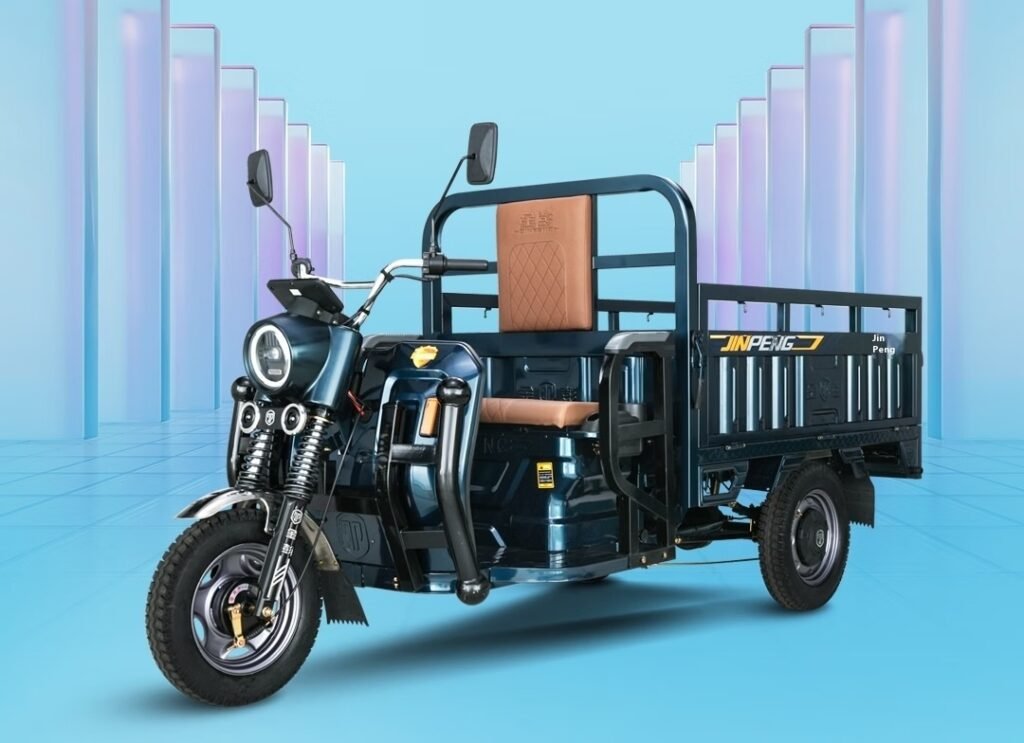In today’s world of smart commuting and eco-conscious travel, motorized bicycles are emerging as a versatile solution for both city riders and countryside explorers. Blending the agility of traditional bikes with the convenience of a small engine, motorized bicycles deliver speed, fuel efficiency, and flexibility—all at an affordable price.
What Is a Motorized Bicycle?
A motorized bicycle is a regular pedal bicycle that has been equipped with a small gasoline or electric motor. These bikes come in two main types:
-
🔋 Electric motorized bicycles (e-bikes)
-
⛽ Gas-powered motorized bicycles
They are commonly used for commuting, leisure rides, food delivery, and even off-road adventures.
According to Statista, the global electric bike market is projected to reach $52 billion by 2027—motorized bikes play a crucial part in this growth.
Key Benefits of Motorized Bicycles
✅ Fuel Efficiency
Gas-powered bikes average 100–150 mpg, while electric bikes can go 20–50 miles per charge, costing mere cents per trip.
✅ Low Maintenance & Registration Requirements
Most motorized bikes avoid the complex licensing and insurance requirements of motorcycles (depending on your region).
✅ Environmentally Friendly
Electric versions produce zero tailpipe emissions, supporting cleaner urban environments.
✅ Versatile Use
Motorized bicycles are ideal for:
-
Urban commuting
-
Last-mile delivery
-
Campus transport
-
Recreational travel
Gas vs. Electric Motorized Bicycles: A Comparison
| Feature | Gas-Powered Bikes | Electric Bikes |
|---|---|---|
| Top Speed | 25–35 mph | 15–28 mph |
| Range | 100–150 miles | 20–50 miles |
| Fuel/Power Source | Gasoline (2/4-stroke) | Lithium-ion Battery |
| Emissions | Moderate | Zero |
| Maintenance | Moderate (oil, carb) | Low (battery, motor) |
| Noise | Loud | Silent |
| Cost to Operate | Low | Very Low |
Legal Considerations
Laws vary by country and state. In general:
-
Electric bikes under 750W are street-legal without a license in many areas.
-
Gas-powered bikes may require registration or be restricted from certain roads.
-
Always check helmet laws, speed limits, and age restrictions.
For example, California DMV classifies e-bikes into three categories with varying rules.
Best Use Cases for Motorized Bicycles
-
Daily commuters avoid traffic
-
Delivery workers need efficient urban transport
-
College students navigating large campuses
-
Retirees or mobility-limited riders looking for assisted cycling
According to the World Resources Institute, micromobility vehicles like motorized bikes can reduce congestion and emissions in growing cities.
Tips for Buying a Motorized Bicycle
-
Know your needs – City vs. off-road? Range or speed?
-
Choose the right motor – Hub motor or mid-drive? 250W or 750W?
-
Consider local laws – Electric usually has fewer restrictions.
-
Test before buying – Comfort, handling, and balance matter.
-
Check battery specs – Look for 36V or 48V lithium-ion for better power.
Recommended Brands and Models (2025)
| Brand | Model | Type | Price Range | Range |
|---|---|---|---|---|
| Super73 | Z-Series | Electric | $1,500–$2,200 | Up to 50 miles |
| Juiced Bikes | RipRacer | Electric | $1,299 | 40 miles |
| Phantom Bikes | Shadow | Gasoline | $1,700 | 100+ miles |
| Addmotor | M-81 Cargo E-Bike | Electric | $1,899 | 55 miles |
Source: Reviews from ElectricBikeReview.com
Frequently Asked Questions (FAQ)
1. Are motorized bicycles street legal?
Yes, but laws vary by country and state. Electric bikes under a certain power (usually 750W) are often legal without registration.
2. How fast can a motorized bicycle go?
Electric models average 20–28 mph. Gas-powered can reach 35 mph or more.
3. Do I need a license to ride one?
Usually no for e-bikes. Gas-powered bikes might need registration and insurance depending on the jurisdiction.
4. How long does an electric motorized bicycle battery last?
Battery lifespan is typically 500–1,000 charge cycles (2–5 years).
5. Can I convert my regular bicycle into a motorized one?
Yes! Conversion kits are widely available for both gas and electric systems.
Conclusion
Whether you’re tackling morning traffic, making deliveries, or cruising the countryside, motorized bicycles offer an eco-friendly, cost-effective, and flexible alternative to traditional transport. As cities grow smarter and roads grow busier, these bikes are not just a trend—they’re a transportation revolution.


